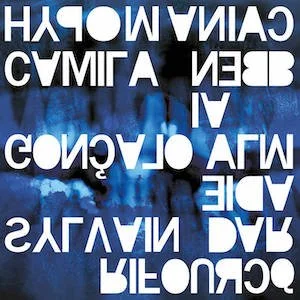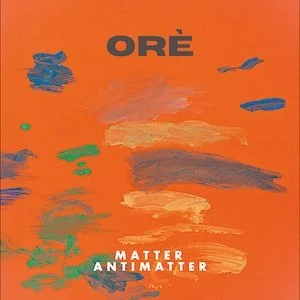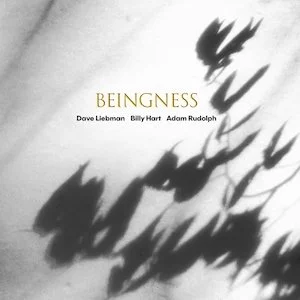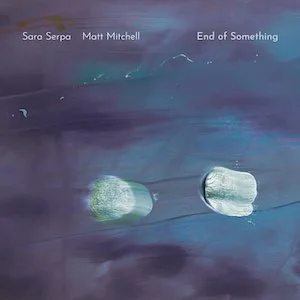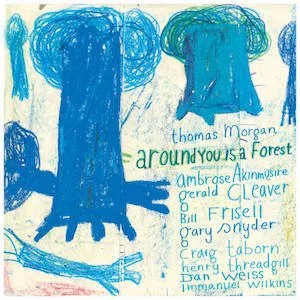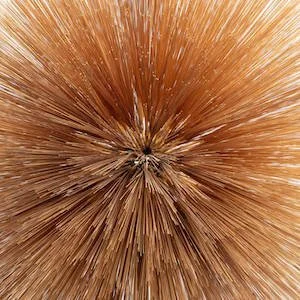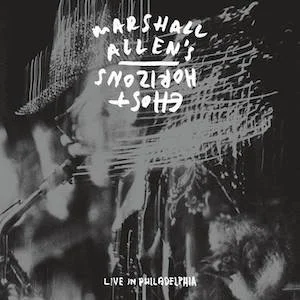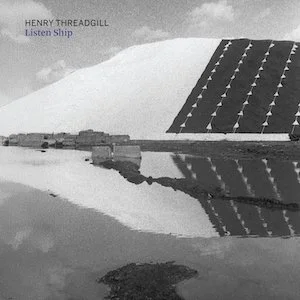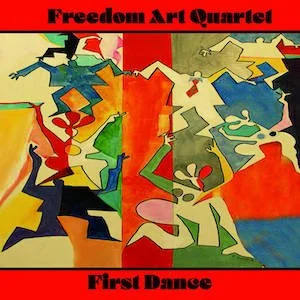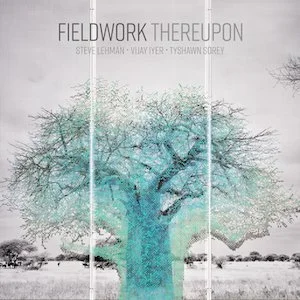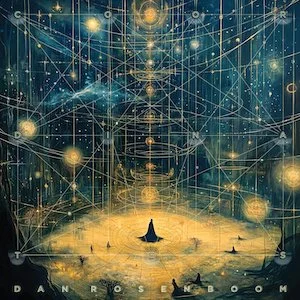Label: Defkaz Records, 2025
Personnel - Camila Nebbia; tenor saxophone; Gonçalo Almeida: double bass; Sylvain Darrifourcq: drums.
The explorative trio of Argentine tenor saxophonist Camila Nebbia, Portuguese bassist Gonçalo Almeida (Rodrigo Amado’s The Attic), and French drummer Sylvain Darrifourcq (Joachim Kühn, Eve Risser) provides a raw, immersive experience rooted in ingenious improvisation and a remarkable sense of connectedness. Helmed by Nebbia—who has steadily built a reputation through numerous standout collaborations—the trio behaves as a single organism, favoring heavy, incantatory gestures over mere displays of shifting or chaotic dynamics. Recorded live at Thessaloniki’s Mikri Skini during the Greek label Defkaz’s Take 2 Festival, the four long improvisations are titled after their durations, but every minute proves essential as the trio’s structural intuition and deep chemistry steer the music toward something singular.
“19:45” thrives on Almeida’s distortion-saturated bass plucks, which hint at heavy-rock contours throughout. Darrifourcq’s loose yet unwavering drumming sprinkles spiky fills into the texture, while Nebbia’s astonishing vocabulary and distinctive timbre affirm her as one of the most compelling new voices on the free scene. The trio gradually fortifies the intensity, shaping textures that grow fleshy and dense before transitioning halfway into an arresting blend of saxophone multiphonics (later sharpening into trenchant shrills), long-pedaled bowed bass tones, and misty hi-hat dispersions. It all concludes on a mystical note, with cymbal intensification guiding the piece into hypnotic ecstasy.
Emphasizing mood over sheer force, “8:17” unfolds with a raw, industrial-like pulse and ringing metallic resonances that evoke machine work. Nebbia ventures through odd overtones and trilling vibratos, heightening the track’s stark, tactile atmosphere. The third piece, “8:59”, sustains that dark and mysterious aura, transmitting sensations of apprehension and restless suspension. It inhabits a musical limbo spanning references from Roscoe Mitchell to Bill Laswell, with passing nods to Wadada Leo Smith’s otherworldly explorations.
The fourth track, “11:30”, begins as an asymmetric three-way conversation: fragmented tenor phrasing, a harmonic bass line that is steady yet whimsically shaped, and active, muscular drumming that supports both movement and grounding. At one point, the rhythm section delves into a fuzzy, math-like abstraction before Nebbia returns in full angular force, pushing the trio toward a thrilling climax.
Hypomaniac emerges as an irresistibly compelling strain of free jazz, capturing Nebbia, Almeida, and Darrifourcq in their rawest forms and at their highest level of mutual trust. In the process, they forge a triumphant identity all their own.
Favorite Tracks:
01 - “19:45” ► 04 - “11:30”

